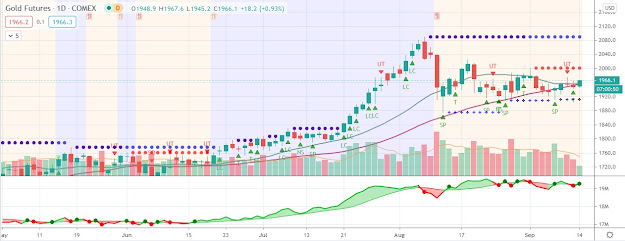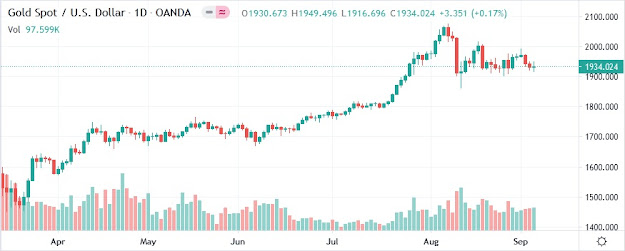The driving force in the gold market is the problems in the euro
 The gold price traded in a tight range Friday morning after the release of the U.S. unemployment report. Gold price closing this week with fell $11.00 to $1,754 per ounce on the news that 95,000 nonfarm payrolls were created in October. The unemployment rate fell from 9.1% to 9.0%. Business confidence remains subdued as negative macro-economic headwinds, notably the sovereign debt crisis in Europe, swirl. S&P 500 stock futures fell 4.70 to 1251.00 after the employment report.
The gold price traded in a tight range Friday morning after the release of the U.S. unemployment report. Gold price closing this week with fell $11.00 to $1,754 per ounce on the news that 95,000 nonfarm payrolls were created in October. The unemployment rate fell from 9.1% to 9.0%. Business confidence remains subdued as negative macro-economic headwinds, notably the sovereign debt crisis in Europe, swirl. S&P 500 stock futures fell 4.70 to 1251.00 after the employment report.The driving force in the gold market is the problems in the euro. The most important factor impacting the price of gold currently is the ongoing set of problems with the euro currency, according to long-time commodities investor Dennis Gartman.
In a telephone interview with Bloomberg, the author of The Gartman Letter stated that “The driving force in the gold market is the problems in the euro. Central banks in Europe and individuals will want to lower their euro holdings and buy gold since no one knows what is happening to the euro.”
Gartman went on to predict that “The euro is heading towards parity once again,” meaning a 1:1 ratio against the U.S. dollar.
The euro last reached parity versus the greenback in 2000, and hit a five-year low of 1.1874 in May 2010 when the sovereign debt crisis in Greece first rattled financial markets.
In the shorter term, Gartman suggested the euro may fall to 1.30 against the U.S. dollar; it is currently at 1.3771 in Friday afternoon trading. Gartman did not provide a specific gold price target, however.
The euro-denominated gold price reached an all-time high €1,374.76 on September 12, 2001 and is presently trading at €1,276.90 per ounce.



Comments
Post a Comment